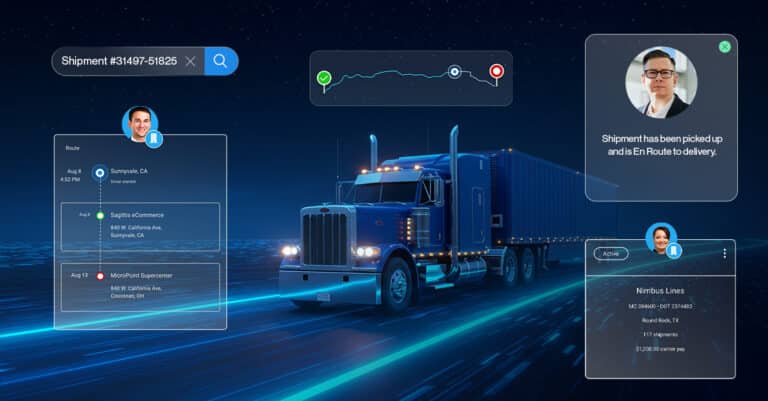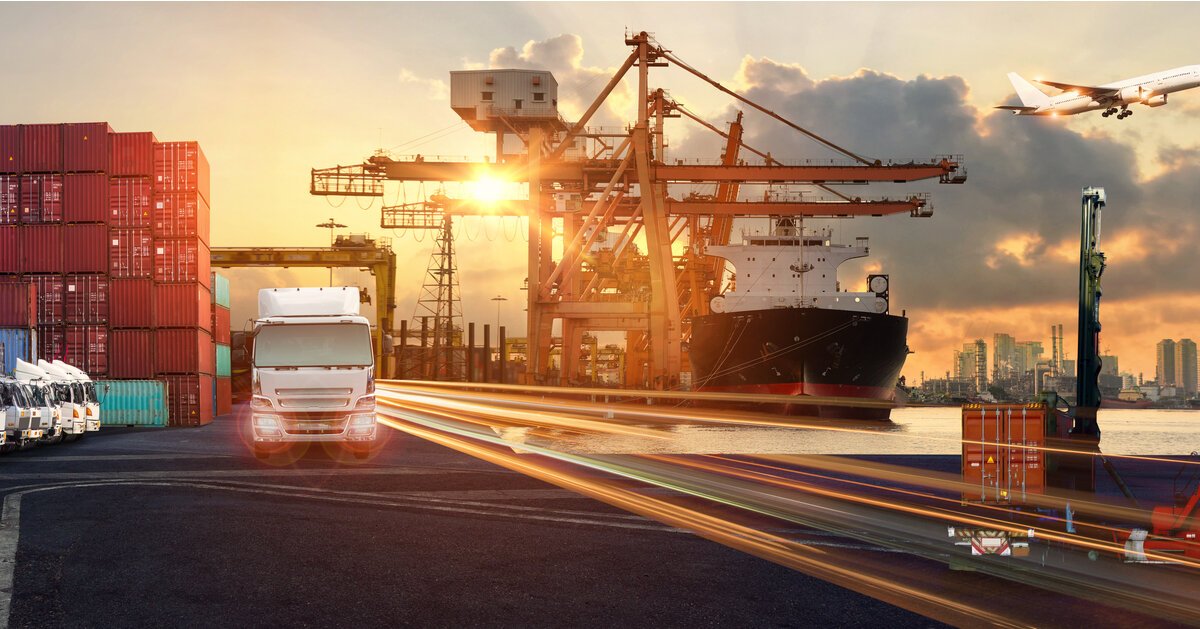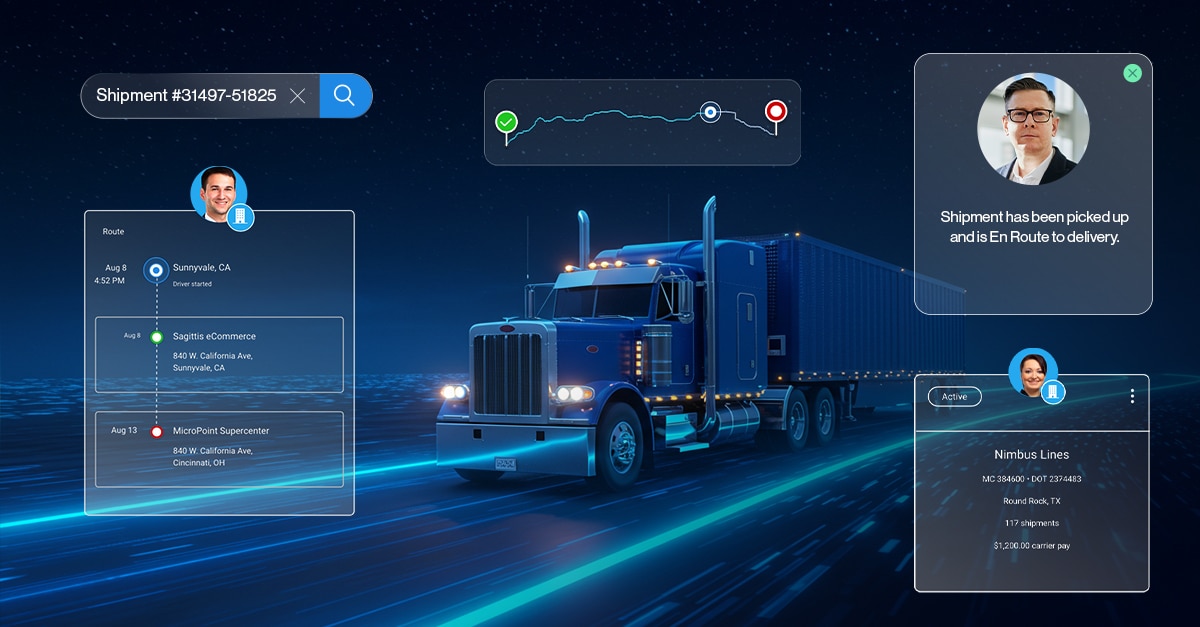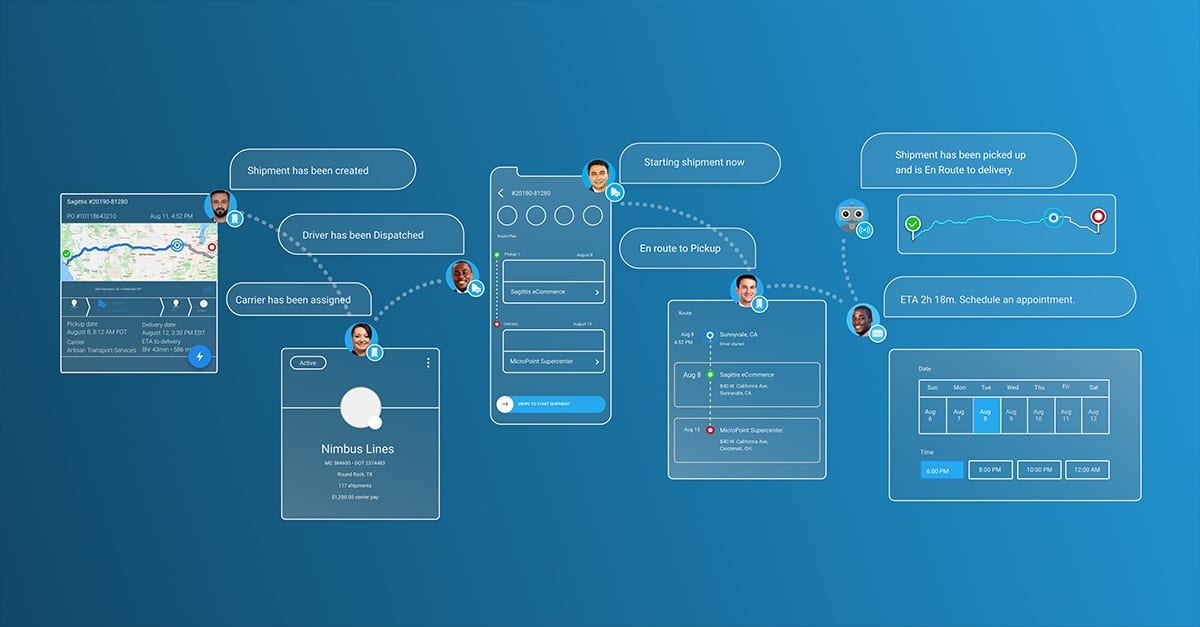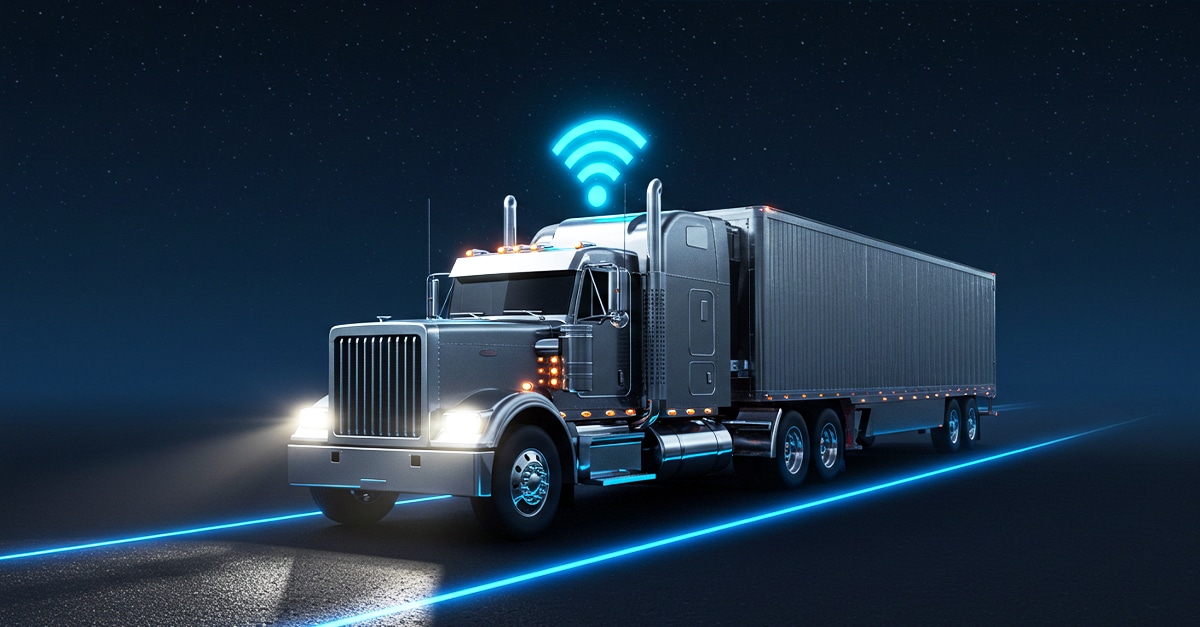The moment was memorable, certainly one you look back at and laugh. My husband and I, desperate to reclaim any small portion of our lives post 3 children had booked a summer getaway to CO. Predictably, and last-minute, childcare for our 6-month-old fell through. Although not ideal, we packed her up and planned to enjoy a post-baby getaway…with our new baby.
Now in Colorado, with baby in tow, we attended a very nice, very quiet, “adults-only” wine tour…which became, for us, an “adults-only with napping baby” wine tour. Thankfully one other couple was crazy enough to participate with a baby strapped to them. We quickly self-isolated… possibly were isolated – who knows… who cares, the wine was great!
Desperate to talk about anything BUT kids, the conversation quickly turned to our professions. A consultant, a tech wizard, a VP at a large Transportation company, and an ex-freight broker turned, a strategic sourcing specialist, turned HR consultant, mother of 3, trying to navigate her next career phase.
Interestingly, we all had significant experience in the freight, logistics, sourcing, and supply chain world. Hot topics included the rise of driverless trucks. Would it decimate the industry or just change it? Would it even happen? Are we close to an automated world or decades away? Would our dependence on China change in the coming years? How would sourcing and transportation patterns change if manufacturing shifted away from China? Would small transportation providers be able to exist in a world dominated by large providers?
Supply Chain, one of the rare exceptions of this century, to this day remains relatively unchanged and undisrupted in a world dramatically reshaped by technology. The ultimate Rubik’s cube of ever-changing challenges. It’s almost a qualification of the industry to be equal parts resourceful and resilient because there are many moving parts, that get out of order. A career in the supply chain requires constant dedication to the mission at hand to ensure “success” from procurement of raw materials to final delivery to the end-customer. The blue dot (i.e. the location of the good in the process of the supply chain) is ever-changing and never as predictable as you might imagine. Yet the supply chain is at the very heart of our existence. Throughout history, we have bought and sold as a means of survival and even today the supply chain touches every part of the world we live in. While the medium in which we buy is changing much of the way products are produced and moved for mass consumption, the processes that go into moving goods from A to B, frustratingly at times, has remained largely unchanged.
Future of Supply Chain: The Ultimate Rubik’s Cube
Yet, where the future of supply chain and how it gets there is open for serious debate. As our wine tour and conversation progressed a divergence of opinion and experience emerged. I was struck at how differently we saw what the future state of the supply chain held. Our new supply chain and logistics-minded friends saw technology and automation as the only pathway forward. Like it or not technology was changing the world around us and would dominate the future of supply chain. They were sure, the next 3 years would bring about wide-scale adoption of the driverless truck, logistics as a profession would become irrelevant and China would remain the dominant supplier of the world. Their perspective was 100% gained at a desk, through deep analysis into the numbers and process mapping to gain efficiencies and in some ways, they are not wrong. But here’s where I differed.
Deep Dark Thoughts from an EX- Freight Broker
My perspective was different. I had at one point in my career talked a truck driver out of holding a load hostage for 2 million dollars somewhere in the great state of Iowa. Only to be reminded to not completely remove him from our brokerage system as a carrier because we might really need him…come produce season.
Drivers are in high demand and no matter what technology we develop and I don’t see that changing for at least the next decade. I do believe in the power of innovation and that we are making HUGE strides in supply chain technology. But let me ask you…has your computer ever crashed, ever lost your wireless signal driving down a country road in Louisiana? Can you actually imagine a world where we allow autonomous semi-trucks to plow down the road at 80 miles an hour with no driver? In that scenario, a computer crash would be the least of our worries. Take planes. Almost every action is done through technology, but would you actually board a plane without a pilot? If we are not eliminating drivers what costs are we eliminating with the driverless truck? In fact, likely we will add cost as we will pay for a driver and top of the line technology.
Sourcing Diversification is the New Normal, Post-COVID-19
I had also worked extensively in sourcing in China where it became clear to me that Intellectual Property (IP) and quality systems were nice to have but certainly not the norm of any given supply base. The impact of COVID in this context is especially interesting. Acting as an accelerant to an already surfacing flame, COVID has given life and urgency to conversations around a disproportionate reliance on a single production source for the world. Further considerations around diversification of sourcing involve many factors like cost, transparency, intellectual property, environmental issues. Compounding this possibility of moving away from such a reliance on China for raw materials and other cheap goods is that the way we buy is changing rapidly. Retail, historically dominated by the big names in the industry has decentralized. Creating a fragmented market of sellers aggregated by Amazon. Gone are the days of mass production for the masses. Creating new challenges for the future of supply chain, and posing the question of how to create smaller batches, faster, and (hyper)locally.
The supply chain is personal, especially for those of us that work in it daily. We understand that if the supply chain fails or is ineffective, there is far more is at risk than a late shipment. Yet we do not evolve, or at least we do not evolve in ways that have reshaped our industry. You could argue with the smartphone has generated new levels of visibility, that Electronic Logging Devices (ELD) have produced a safer experience for those on the road. But have we actually changed anything about the ways in which our industry functions? We are still fragmented, still separated with old chains of communication, and utilizing less than effective ways of operating our business. We do not evolve because the options for innovation have not actually improved the process…………YET.
Real Innovation
Our revolution is coming. It is a world where we stop looking to technology as our savior and start looking to each other.
The models, the planning, the easy solutions fail at the point of execution because they require consistency – which the supply chain cannot provide. Like a stack of dominos, no one solution could not possibly provide answers for the limitless outcomes of any one shipment. So many solutions make sense on paper but never find their place in reality because they can’t be executed, as they were built in a siloed position, behind a computer, at a desk, devoid of any real-world application derived from data that occurs in DOING.
Our real innovation will not come from a new invention or model, it will come from within. In changing patterns of communication and collaboration. Imagine a future of supply chain where systems and people can work together to execute in real-time. An ecosystem that is flexible enough to be inclusive of all but respectful and protective of business relationships.The creation of a Network that we share to execute across the world. An industry standard used to unify us.
Perhaps what the world has gotten wrong about the supply chain, it’s not that the supply chain won’t embrace the technology, it’s that the technology can’t embrace the needs of the supply chain.
Until Turvo.
Turvo eliminates the silos, improves communication, scales the growth. Its power comes from within the supply chain in the format of collaboration. A true medium, Turvo supports our ecosystem in a way others have fallen short. We as a broader supply chain community cannot continue to see individual technology advancements as a competitive advantage.
The competitive advantage of logistics providers, shippers, and carriers are played out in how well we are able to serve our customers.


